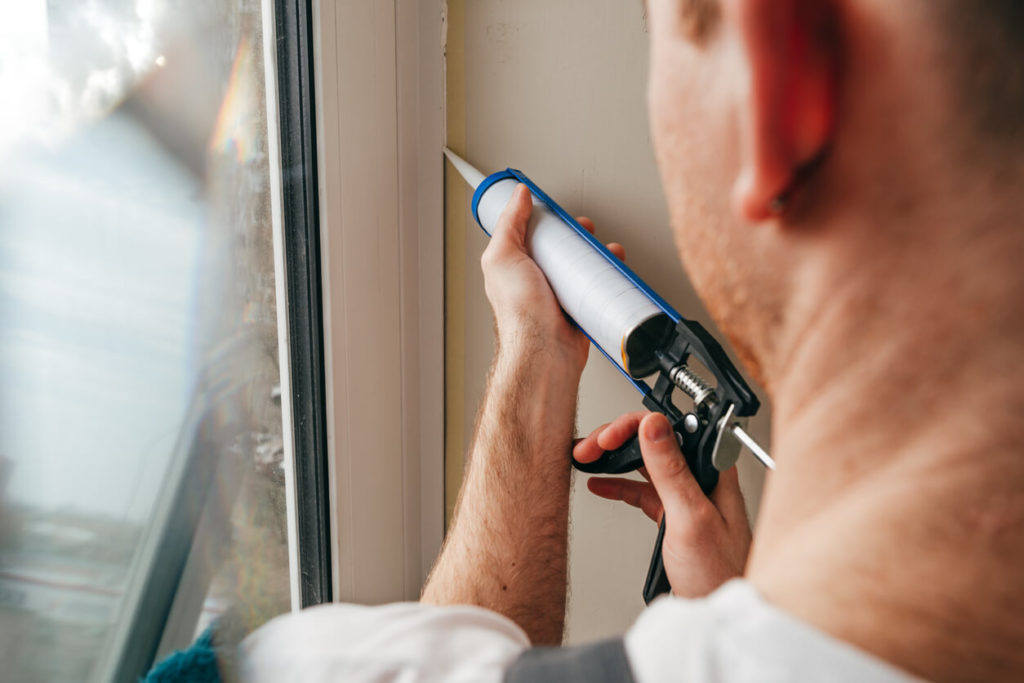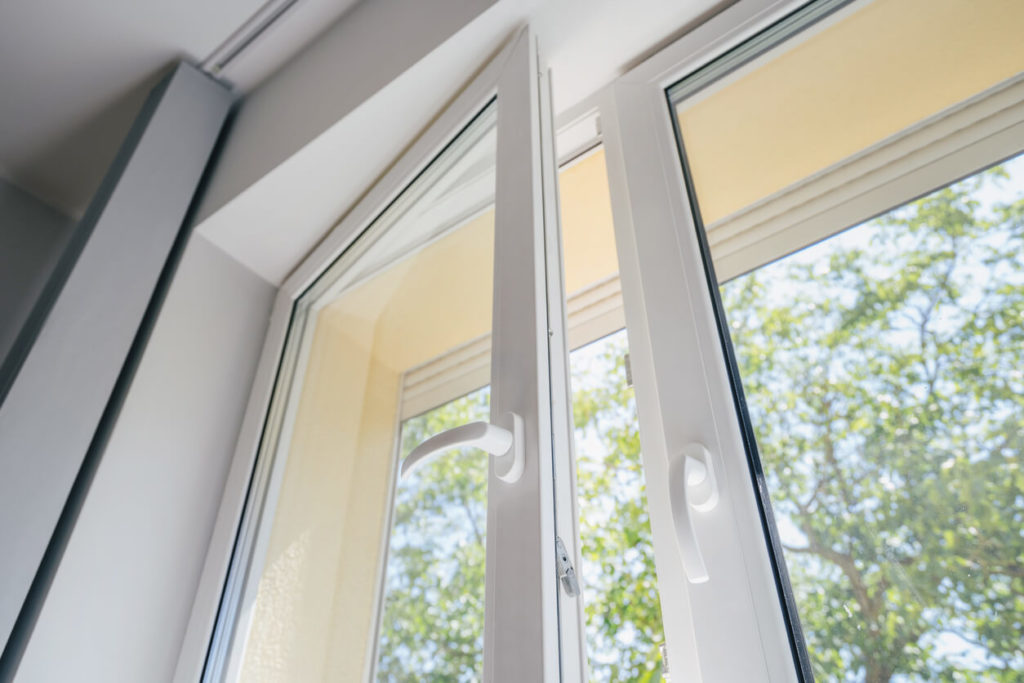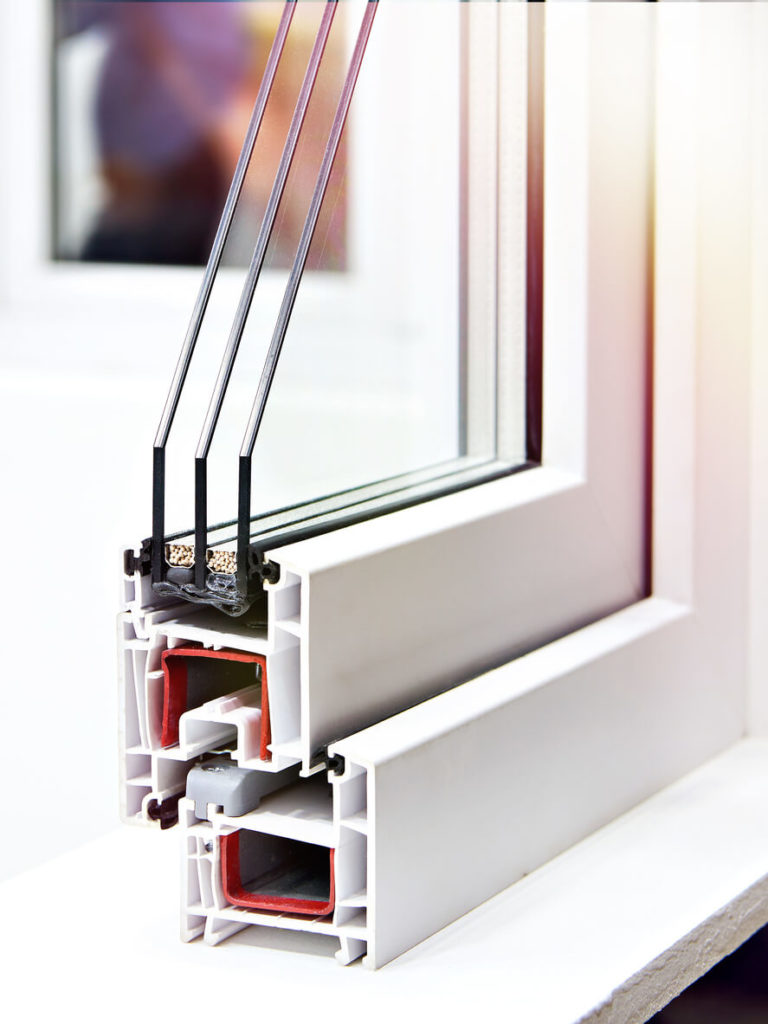Understanding R-value, U-value, and ER Ratings
Many confusing words and acronyms are thrown around when people start talking about windows. Sometimes it’s hard to know what is essential, and what is just a selling point. Two of the most commonly heard, and misunderstood, terms used today are ‘R-value’ and ‘U-value.’ ER, or Energy Rating, is another term you may often see as part of programs like the Canada Greener Homes Initiative. At Bavarian Window Works, we don’t want you to be confused, so we’ve outlined all you need to know about these important terms.
What Is R-Value?

The formal definition of R-value is ‘a measure of the resistance of an insulating or building material to heat flow’. The higher the number, the greater the resistance to heat flow.
What Does R-Value Actually Mean?
Windows and doors are rated for their ability to be energy efficient and provide insulation. R-value is a straight calculation of the ability of your window or door to provide reduced heat loss. The calculation for windows also involves the use of caulking and insulation around the window, where it meets the walls. The calculation for doors includes caulking, weatherstripping, the windows (if there are any) in the door, and the material of the door itself.
Different types of materials and glazings or coatings will have an impact on the R-value.
Highest R-Value Windows
If you are looking for the highest R-value windows to provide improved energy efficiency for your home, then we can help. At Bavarian Windows, we offer energy-efficient windows in a range of brands and styles. Many of our products are also Energy Star-certified, which means they achieve specific benchmark standards. Request a quote for high R-Value windows today and we’ll get in touch!
What Is U-Value?
The formal definition of U-value is ‘a measure of the heat transmission through a building component (e.g. window or door) or a given thickness of a material (as insulation)’. The lower the number, the better the insulating properties.
What Does U-Value Actually Mean?
Windows and doors are rated for their ability to be energy efficient and their ability to conduct heat. The calculation for windows and doors takes into account the same elements of caulking, weatherstripping, window panes, and the material of the door or window itself.
You want your windows and doors to keep the heat in during the winter and out during the summer — and you don’t want them to act as efficient conductors transferring in the heat or cold.
Ultimately, you want to purchase a window or a door with a high R-value and a low U-value. And, if you know the U-value of your window, then you can easily calculate the R-value (1/u-value=r-value).
What Is An ER Rating?
ER stands for Energy Rating. The formal definition of an ER Rating is a ‘value that indicates the balance between U-factor, SHGC (solar heat gain coefficient) and air leakage’. SHGC is a ratio for the amount of the sun’s heat that can pass through the product. The higher the number, the more solar heat the product gains.
What Does An ER Rating Actually Mean?
With a range from 0-50, the higher the energy rating number, the more efficient the product is. This value only applies to windows and doors. You might not be able to find this number on the label, but it can be calculated by a contractor. It’s important to note that having a high energy rating isn’t always the best for your home. While having a high ER rating could be a great benefit to you in the fall and winter seasons, depending on where in Canada you live, it could make your home much hotter in the summer.
What Energy Values Should You Consider?
Although all three of these terms are different, R-Value, U-Value, and ER Rating are all used in the same context, heat transfer. At the end of the day, it’s best to achieve a low U-Value (a high R-Value) in Southern Ontario, then it is to focus on a high ER Rating.
How To Achieve A Low U-Value
Consider purchasing triple-glazed windows to achieve a lower U-Value. Glazing is an industry term that means glass. Triple-glazed means more glass layers with a gas pane between each layer. Typically, a triple-glazed window will lose less than half of the heat of a double-glazed window, which therefore gives you a significantly better (lower) U-Value. Take a look at our Window Buying Guide to learn more about the components of a window and the importance of energy efficiency
Cardinal Glass

Bavarian Window Works is proud to use Cardinal Glass. Cardinal manufactures high-quality glass for residential use and they offer a range of insulating glass and coated glass. Their innovative coatings, specialized spacers between the glass, and protective films offer some of the industry’s highest insulated and lowest conduction windows.
We know there’s a lot to consider and we want you to feel comfortable with your choices. Come and visit the Bavarian Window Works showroom today to learn more about all your great options. We will help you figure out what will work best in your home.




